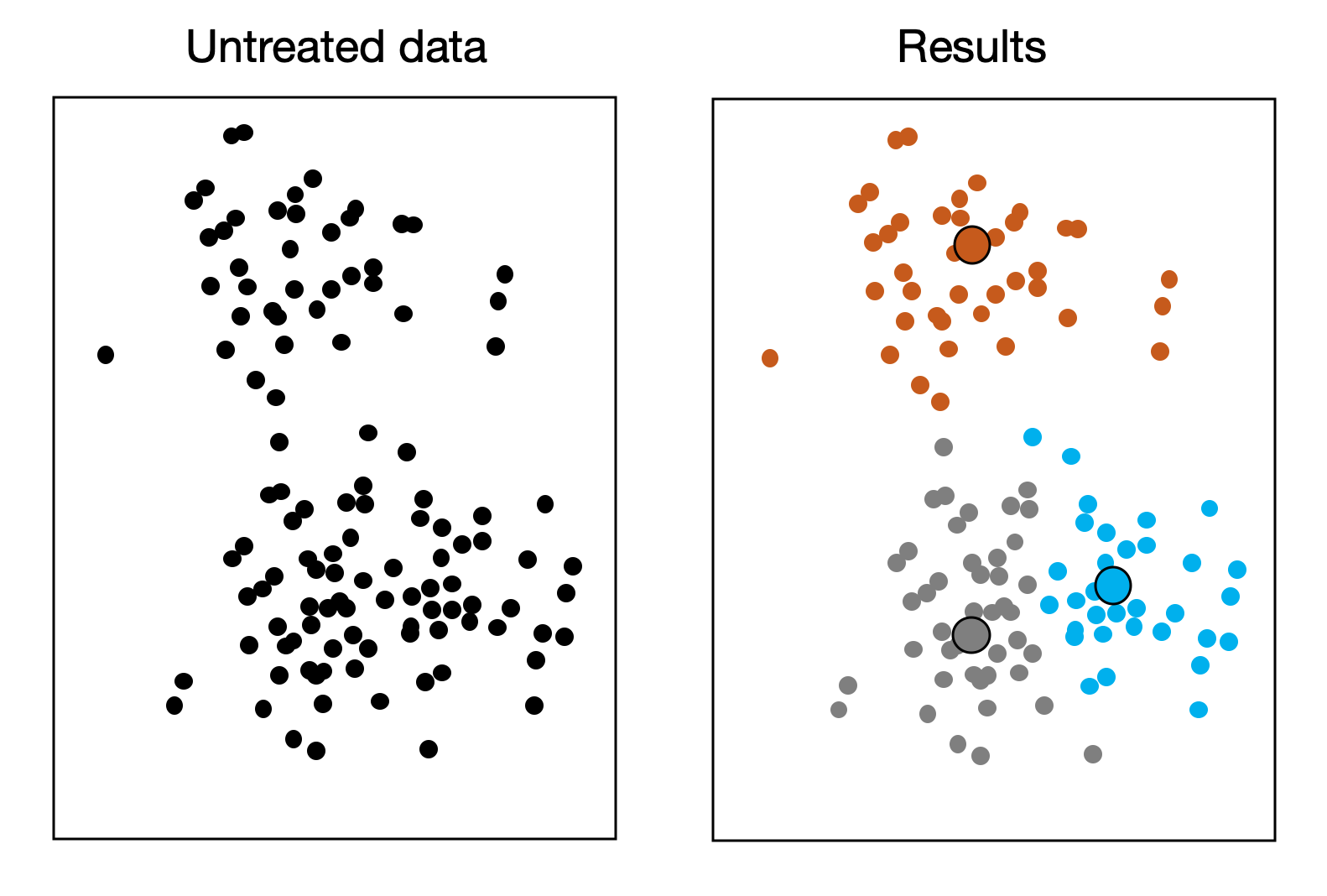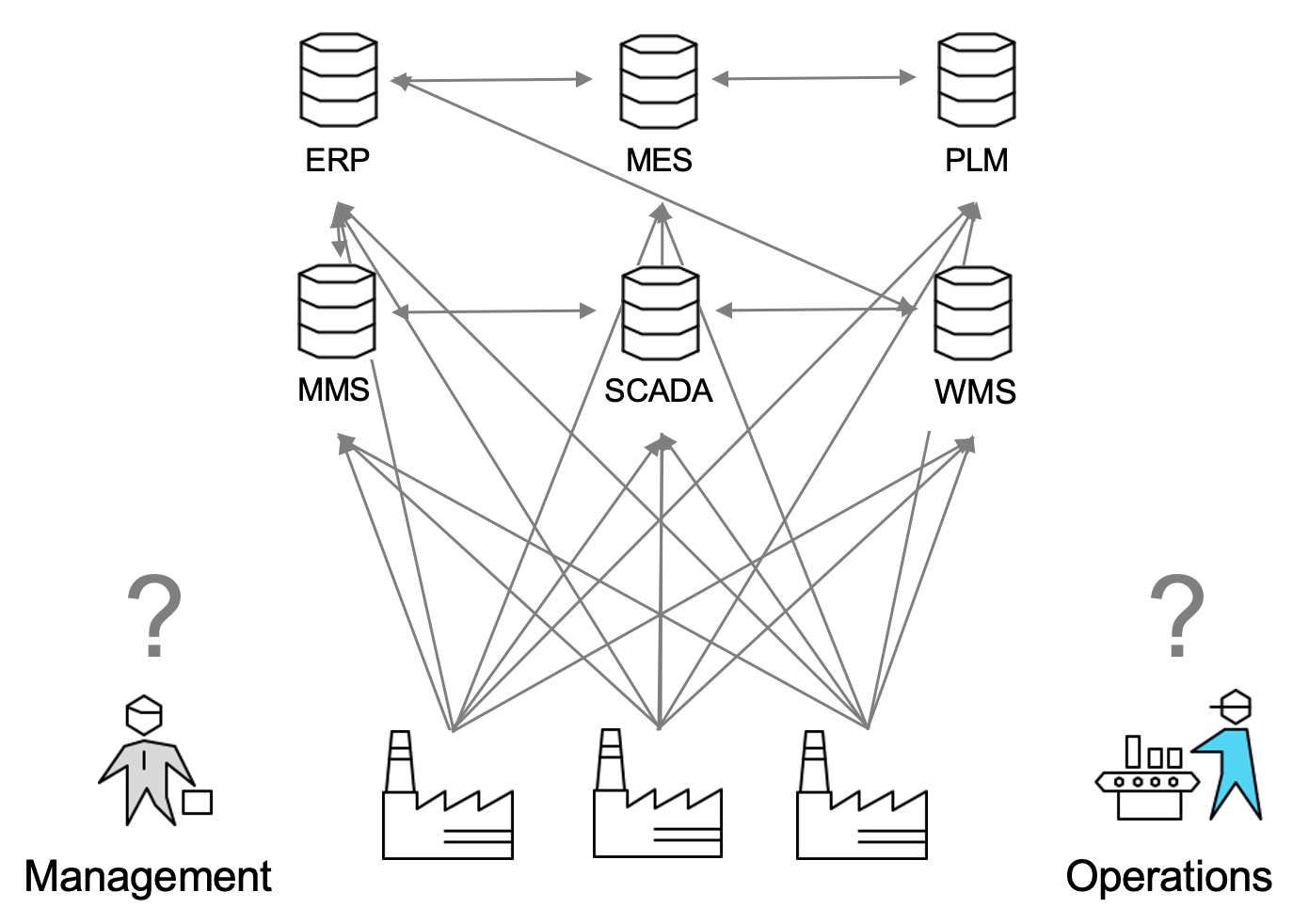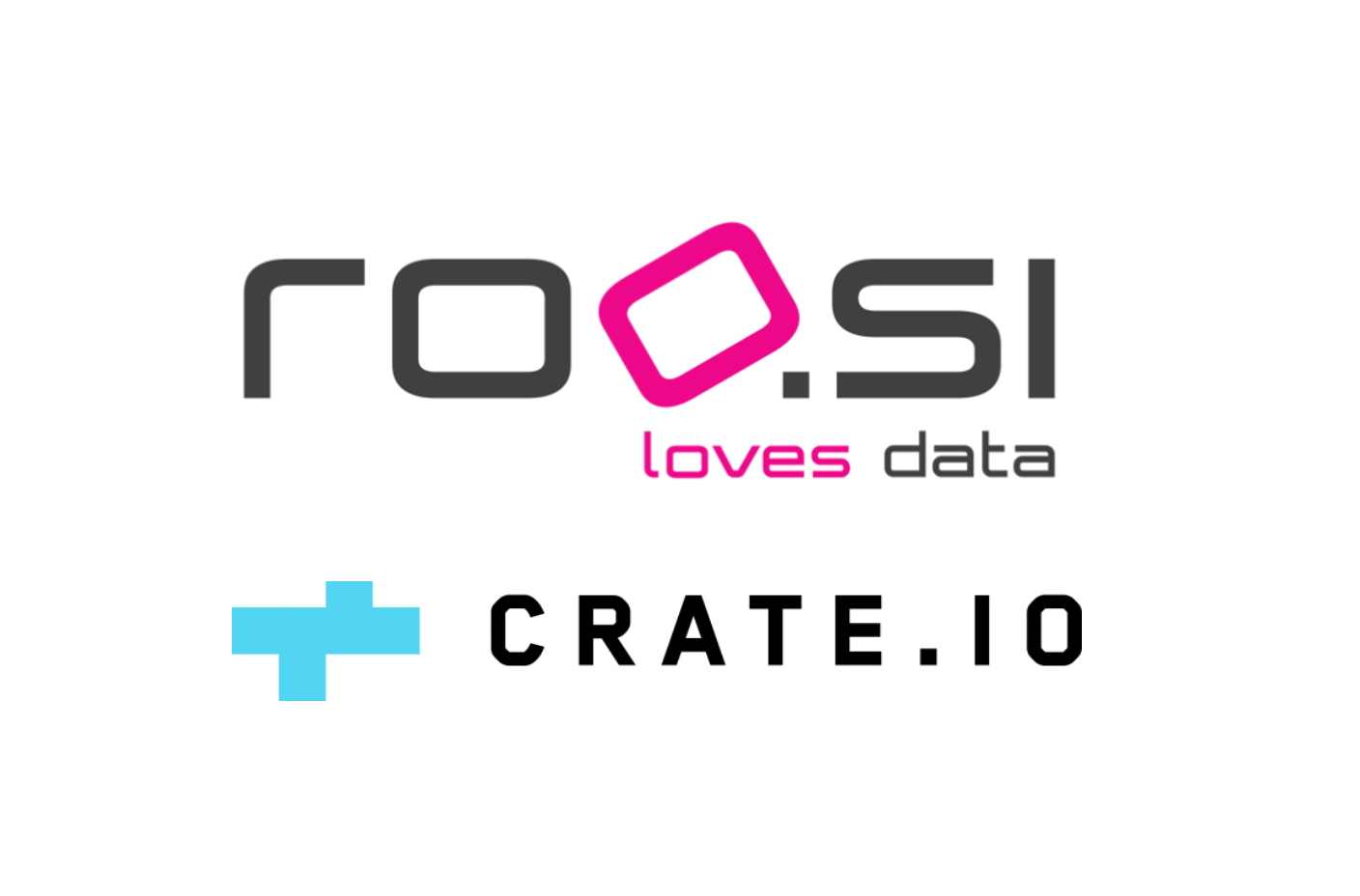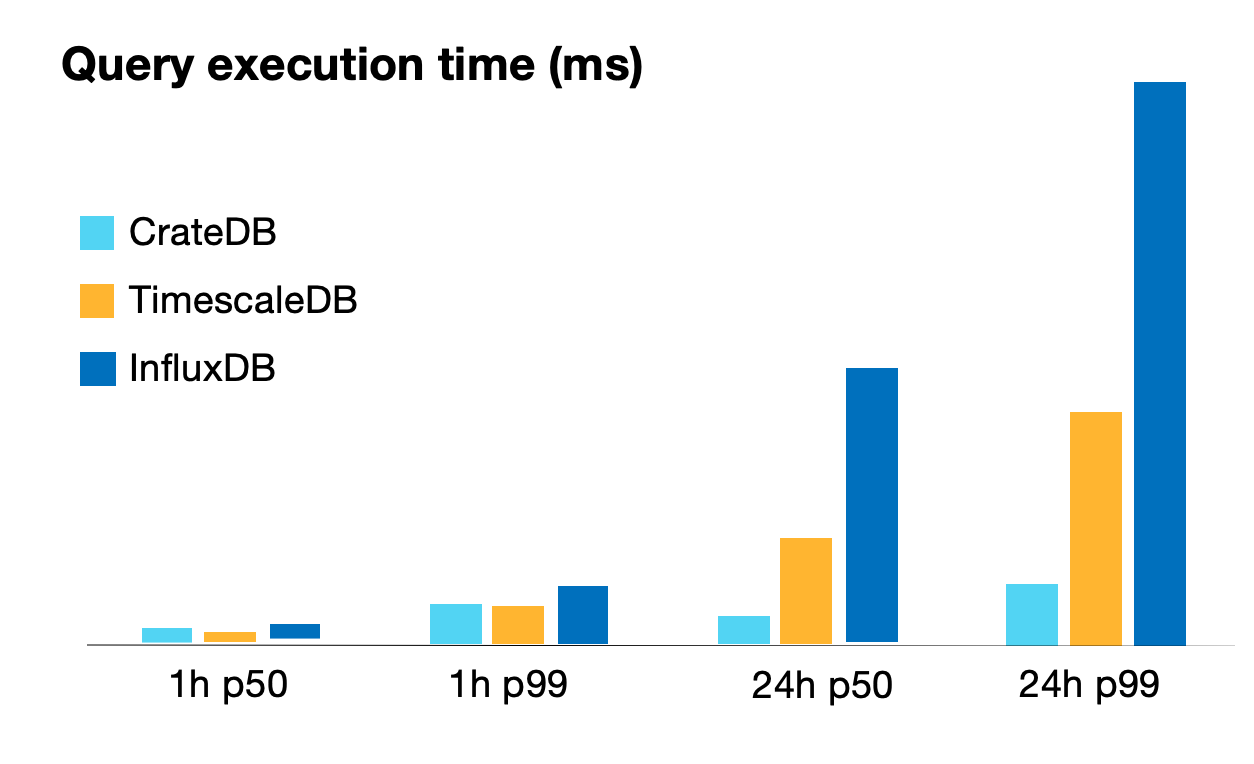A warm welcome to Eva Schönleitner, new CEO of Crate.io
With Crate.io entering the next phase of expansion, I am very pleased to announce that Eva Schönleitner will lead our company as CEO from now on.
With Crate.io entering the next phase of expansion, I am very pleased to announce that Eva Schönleitner will lead our company as CEO from now on.

Remote meetings are part of the daily work of many teams, but they can be messy. Let's talk about how to make them as productive as possible.

This Machine Learning guide teaches you to the basic concepts you need to know before digging deeper. More advanced tutorials included at the end.

Digital transformation is the key to stay competitive in the industrial sector. Find out how the industry 4.0 leaders are finding success.

A lot of SQL functionality has been added to make CrateDB 4.2 work seamlessly in industrial IoT environments. Now available in Azure and AWS.

Crate.io is starting a cooperation with the data intelligence consulting company roosi, expanding the market options for IIoT projects in the DACH region.

In this blog post, we compare how MongoDB, TimescaleDB, InfluxDB, and CrateDB perform for an industrial IoT use-case.

New to databases? This glossary will help you understand some useful terminology for database beginners, as SQL, consistency, scalability or ACID.

Setting up a CrateDB cluster with Kubernetes can be done in just a few steps, and scaling up and down is straightforward.

Manufacturers already have what they need to achieve digitalization: it's their time-series data. The key resides in accessing that information effectively.